Ruling in the shadow of Netflix – Charles’s flashes of steel
His popularity ratings are good, but the fading chance of reconciliation with his younger son has dogged the start of King Charles’ reign.
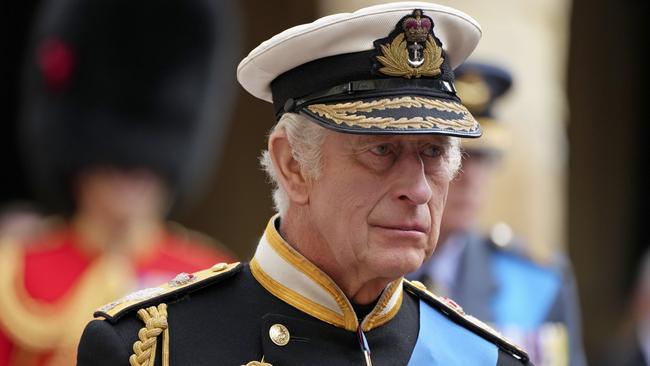
King Charles III hit the ground running. After waiting longer to accede to the throne than all other royal heirs in British history, he was as prepared as anyone can be for the death of their mother and sovereign.
The day after the Queen’s death he addressed the nation. Mixing the personal and the monarchical, he spoke of his “profound sorrow” at her death, and sought to set the tone for his reign by dedicating himself to serving like she did and making it clear that his days as an activist prince were over. He also extended an olive branch, speaking of his “love for Harry and Meghan as they continue to build their lives overseas”.
Back then it seemed conceivable that the family might find a way to get along. But as the King reaches his 100th day on the throne on Friday, hopes that the fractured relationship with Prince Harry could be repaired have long faded. While the King has succeeded in highlighting how he wants his reign to look, his first few months have been accompanied by background rumblings emanating from California, followed by spectacular explosions over the past week.
“What an awful shadow over the early days of his reign,” says the royal biographer Sally Bedell Smith, who wrote a book about Charles when he was Prince of Wales.
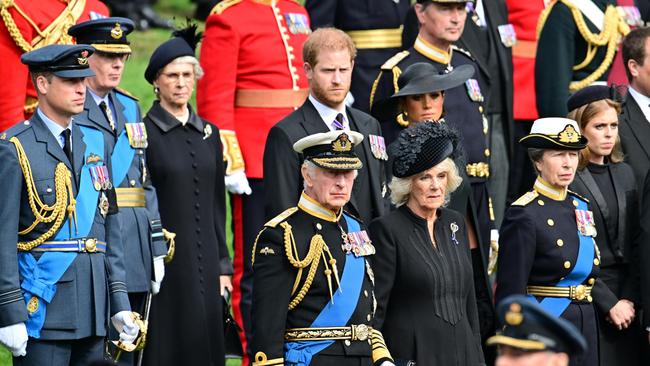
It is hardly unusual for long-simmering family disputes to boil over after a matriarch dies. This, however, is the first to be Netflixed into a “global event”, complete with claims of “institutional gaslighting”, melodramatic images of being “fed to the wolves” and allegations that “they”, whoever they may be, lie to protect one brother but are unwilling to tell the truth to protect another.
“We knew it was coming, but I don’t think anybody realised how potentially damaging it could be,” Bedell Smith says. “There’s no specificity. It’s just words of the most incendiary character.”
With the release of the new episodes that might change. “Harry, as he said, is his mother’s son and with all the baggage that I’m afraid accompanies that. She was very good in many ways, but she had a real destructive impulse and we’re seeing that now in him.”
On September 8 Prince Charles was at Dumfries House, the headquarters of the Prince’s Foundation in Ayrshire. When news came that the Queen’s doctors were concerned for her health, he flew to Balmoral to be with her when she died that afternoon.
A little over 24 hours after her death, in a carefully crafted address recorded in the blue drawing room at Buckingham Palace, he paid tribute to his “darling mama” and told viewers: “I share that sense of loss, beyond measure, with you all.” He pledged that her “promise of lifelong service I renew to you all today”.
He also addressed concerns that he might become a meddling monarch. He committed to “uphold the constitutional principles at the heart of our nation” and acknowledged that it will “no longer be possible for me to give so much of my time and energies to the charities and issues for which I care so deeply”. Bedell Smith thought the speech was “pitch-perfect. He laid out what kind of king he was going to be.”
Gyles Brandreth, who has just published Elizabeth: An Intimate Portrait, a biography of the late Queen, is a friend of the new Queen and also knows the King. “The truth is he hit the ground running totally and I think the whole tone was set by that speech. It made it clear that he’s going to be a constitutional monarch and all the things that people were not sure about were clarified.”
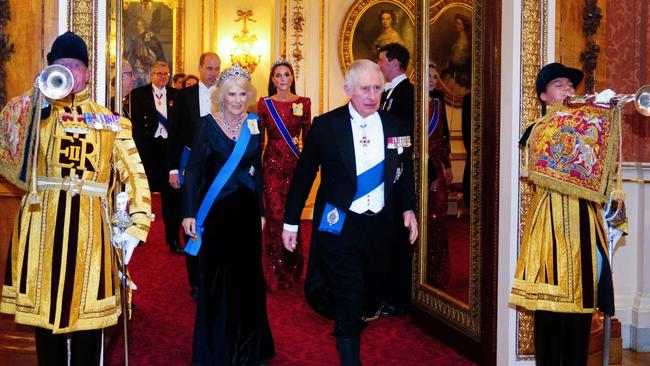
In the week after his mother’s death the King participated in what might have been devised as the world’s most obscene reality television challenge: embarking, then aged 73, on a new job, which just happens to be one of the world’s strangest and most closely observed, and which involves dashing to every corner of the kingdom, changing in and out of uniforms and dealing with leaky fountain pens while shouldering the heavy burden of fresh grief.
He travelled from Scotland to London the day after his mother’s death, then three days later returned to Edinburgh, where he and his siblings stood in vigil around the Queen’s coffin at St Giles’ Cathedral. He flew to Northern Ireland for a memorial service, then back to London, where he walked behind her coffin as it was taken into Westminster Hall to lie in state. He later visited Wales and among his events before the funeral was a meeting with faith leaders from a number of religions where he said that he saw his role as “protecting the space for faith itself”.
Two videos of incidents involving the King and pens showed the strain he was under and went viral. In one he looked irritated and gestured petulantly at aides to remove a tray to give him room to sign a document. Then, when a pen leaked as he was signing a visitors’ book at Hillsborough Castle, he complained: “I can’t bear this bloody thing. Every stinking time.”
“It reminded us a) he was human and b) actually, poor man, he’s just lost his mother,” Brandreth says.
Yet Bedell Smith, author of Prince Charles: The Passions and Paradoxes of an Improbable Life, says it is evidence that the King sometimes loses his temper. “That was unfortunate. Look, he has a short fuse. George V, George VI, Edward VII and Queen Victoria were all known for quick tempers.” And, of course, we all immediately thought that his mother did not behave like that. “She was always unflappable.”
At times during the funeral the emotion of the occasion was etched on the King’s face, including when the traditional piper’s lament faded to silence towards the end of the service in Westminster Abbey.
In the weeks that followed he and the Queen immersed themselves in engagements and official visits around the country. Palace aides say they have been gratified by the warm reception the King has had on his many official visits. “It’s been a bad year for republicans,” one says. “He may have had his challenges in the past, his reputational problems, but people instinctively recognise that he’s a good man trying to do good things.”

At his first audience with Liz Truss, who had previously held a meeting with him, he said: “Back again? Dear oh dear.” That “dear oh dear” seemed to capture the popular view of her calamitous and short-lived premiership, but some said it was more of a verbal tic than a verdict. “He wasn’t voicing his opinion,” Brandreth insists.
The Cop 27 climate conference presented a potential elephant trap. Both Truss and Rishi Sunak advised the King not to go. The whole world knew that a man who has been talking about global warming for decades would have been desperate to attend, but no whiff of annoyance was briefed by Palace aides or his confidantes. “He showed that if that’s what the prime minister advises, he will go along with it,” Brandreth says. “There was no behind-the-scenes fuss at all.”
As a prince, Bedell Smith says, he could be a provocateur and an entrepreneur. “He appears to have made peace with the restraints that are imposed on a monarch and he would obviously be wise to continue doing that.”
On a couple of visits an egg or two has been thrown at him. “Given the price of eggs, that’s quite an extravagant gesture,” Brandreth says, who puts it in context. “Queen Victoria had to suffer that sort of thing.”

Much more concerning for Buckingham Palace was the departure from royal service, after more than 60 years, of Lady Susan Hussey, following comments to Ngozi Fulani, the charity Sistah Space’s black chief executive, that included: “Where do you really come from?” The incident reopened the debate about royal racism that began with Harry and Meghan’s interview with Oprah Winfrey.
Technically Hussey resigned, but the swiftness of her departure and the Palace’s statement that the comments were “unacceptable and deeply regrettable” showed how seriously the King took the incident and how keen he was for it not to be cited as evidence of a wider problem in his household. “Despite Charles’s sensitivity, he’s got a kernel of steel inside him,” Bedell Smith says.
As Prince of Wales he had flashed that steel when he played a decisive role in persuading the Queen that Prince Andrew should step down from royal duties over Virginia Giuffre’s claims of sexual abuse. This month parliament passed the Counsellors of State Act, which brings the Princess Royal and the Earl of Wessex into the group of those who can stand in for the King. They fill the void left by the Duke of York and the Duke of Sussex after they stepped back from royal duties.
When their mother became Queen she took the momentous decision to allow cameras into Westminster Abbey for her coronation. Now the intimate moments of royal life are the stuff that streams are made on and, with a camera in every phone, a prince can record a video diary of his “freedom flight” for consumption by tens of millions of viewers.
Netflix has loomed over the King’s first 100 days. First there was The Crown, the fictional drama that declines to say that it plays fast and loose with many of the facts. Friends of the King, former prime ministers and our greatest portrayer of queens, Judi Dench, have been outraged. In the latest series, which focuses on the collapse of the Prince and Princess of Wales’s marriage, the scriptwriters showed they were very much Team Diana. But perhaps the King is less bothered about the possible effect on his reputation than everyone else. When Dominic West, who plays Charles, offered to resign as an ambassador to the Prince’s Trust because of a potential conflict of interest, he was effectively told by Charles’s private secretary: “You do what you like, you’re an actor.”
The documentary series, in which we are invited to keep up with Haz and Meg, or H and M, is altogether more personal and, potentially, much more painful, with its implications that Diana was a better parent than Charles and claims that there is a “huge level of unconscious bias” in the family he now heads.
“I don’t think he has a racist bone in his body,” Bedell Smith says of the King. Through his charitable organisations he has worked in diverse communities all over the kingdom. “He has travelled through the Commonwealth and has a comfort level with people of all colours and all creeds.”
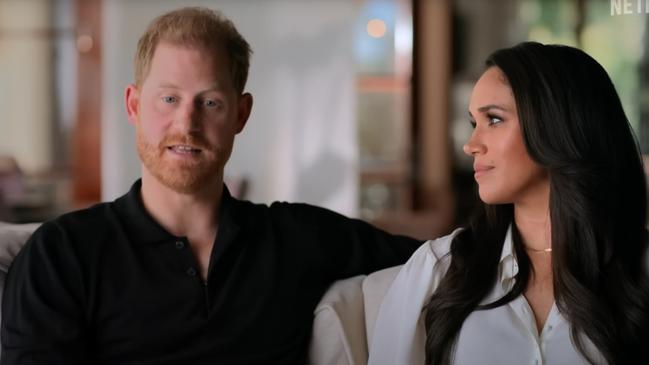
A Palace aide says that the situation with Meghan and Harry is “very sad” but the King “continues to love both his children. Audiences will have made their own minds up about the content of this program and the tone of it. Wearying as it is, we are not going to let it distract us from the work he is doing. We’re more in the business of looking outwards to the future rather than inwards to the past. Let’s hope we can build on the momentum of the first 100 days, notwithstanding the headwinds that we face from across the Atlantic.”
Brandreth says that the King and Queen have long practised rising above current events. “The great thing about being in your seventies is that you can take the long view. The advantage of being the King is that you’ve got plenty to keep you busy. I’ve seen both of them a couple of times at different events. They seem to be very relaxed. And if they have been feeling frustrated about the noises off, they’ve managed to disguise it. They are noises off. The show’s gone on.”
That may be an optimistic interpretation, but it is true that the business of monarchy has moved inexorably forwards. King Charles III is literally on the money: a 50p piece with his portrait on it entered circulation this month. He has hosted his first state visit, from President Ramaphosa of South Africa.
His favourability rating last month was 54 per cent, up 11 percentage points on a previous survey in March. His coronation in May could give his rating a further boost. The service will not be slimmed down, as some have reported, but it will be shorter than his mother’s coronation, feature more young people, women and members of ethnic minorities, and have wide representation of different faiths and people involved in Charles’s charitable work. There will be fewer ermined peers, but the global interest in the Queen’s funeral has encouraged organisers to retain much of the pageantry.
“What you saw at the funeral was a great moment in British history. It showed something that the mechanism of the British state is rather good at doing,” a Palace aide says. “And the hope is that the coronation will do the same, but with smiles this time rather than a tear in the eye. It’s going to be spectacular.”
Whether the Duke and Duchess of Sussex will be there may depend on what further messages Netflix delivers from the court of Montecito.
The Times

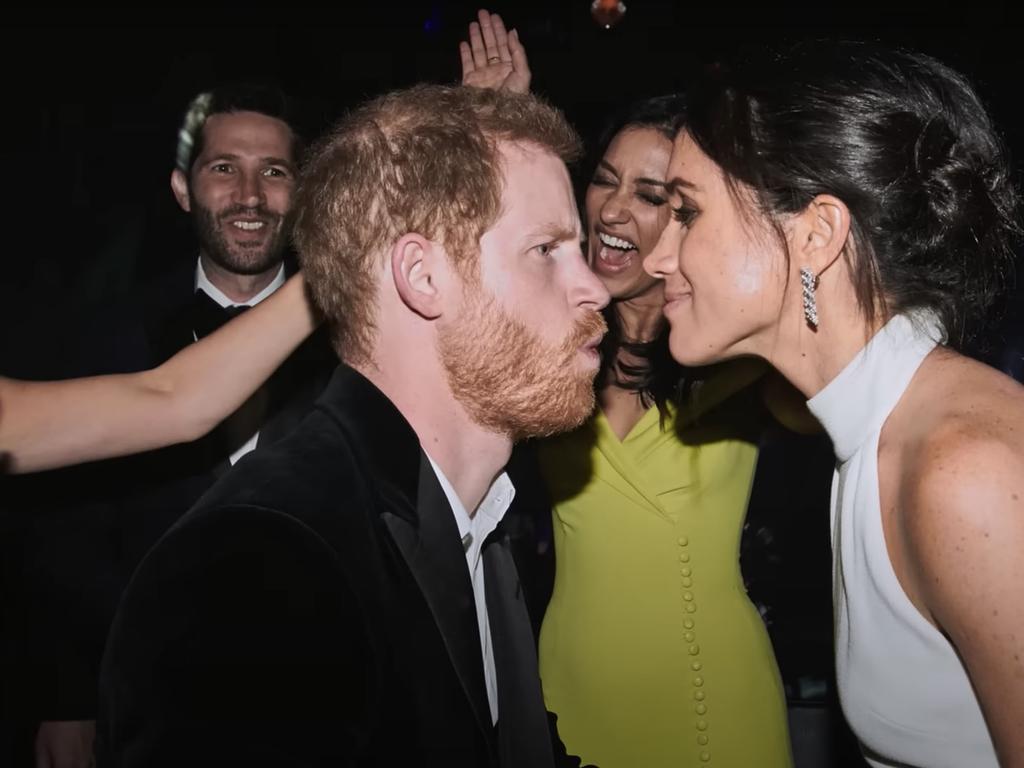
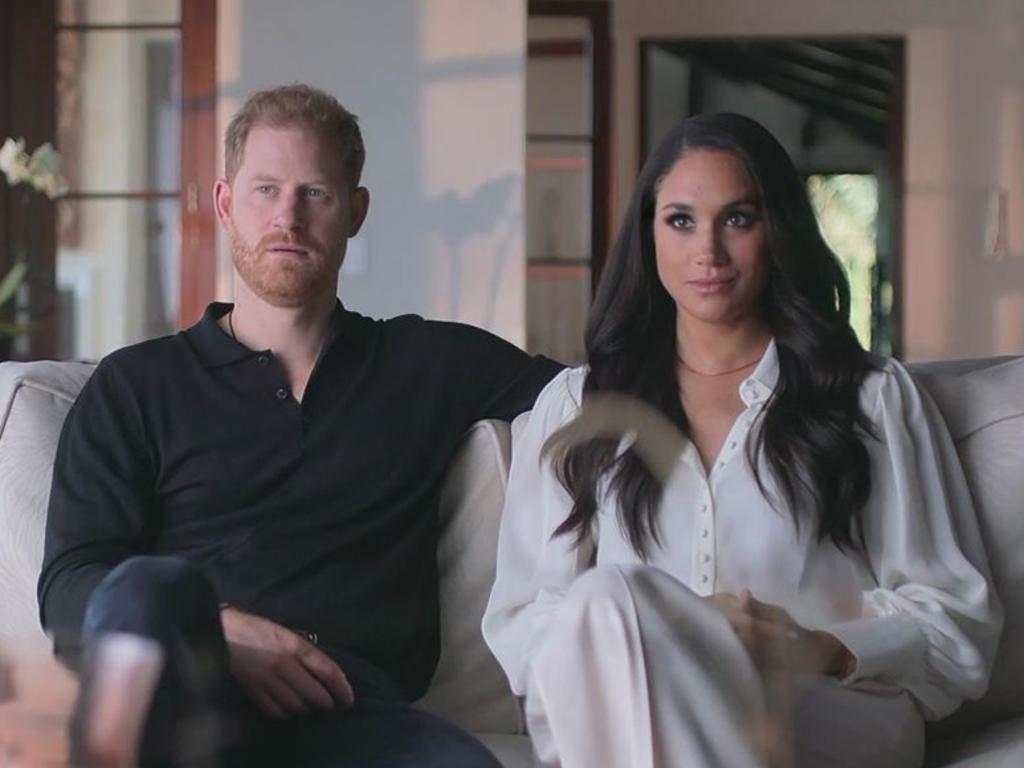
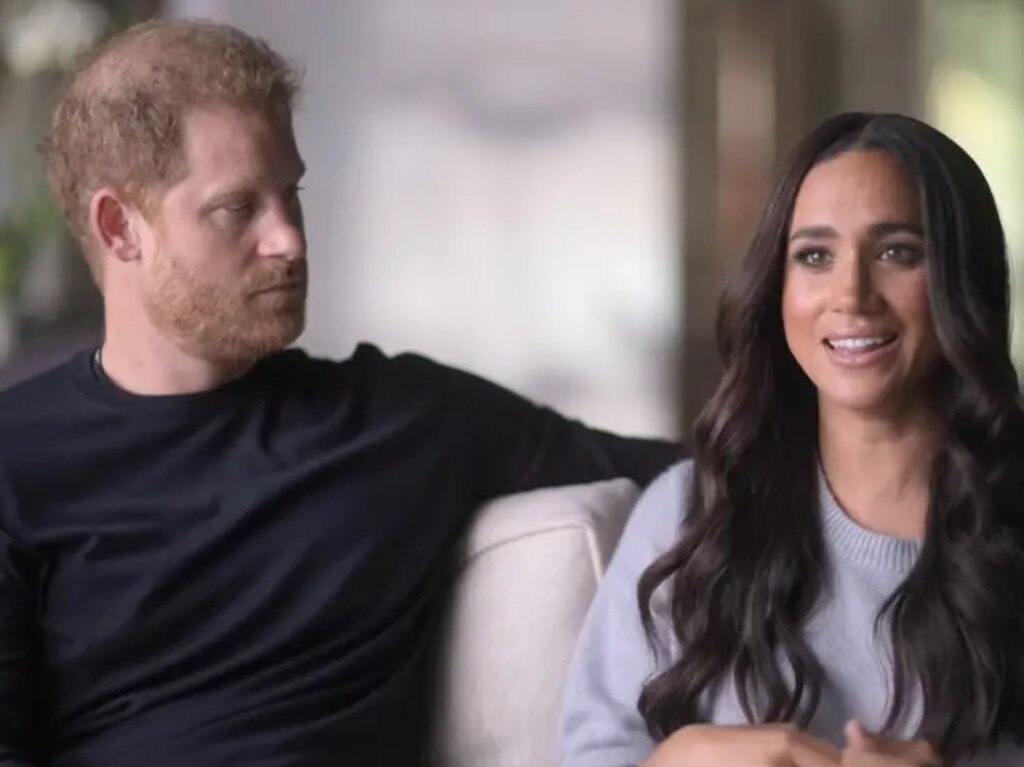

To join the conversation, please log in. Don't have an account? Register
Join the conversation, you are commenting as Logout